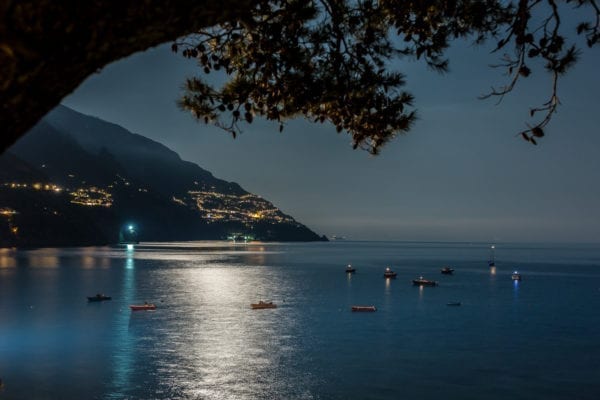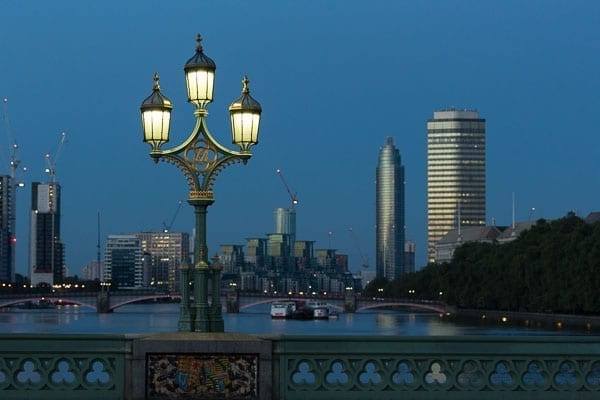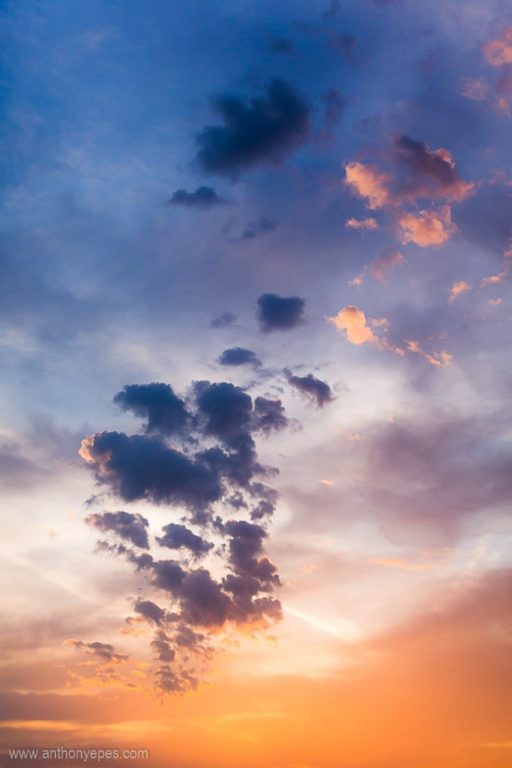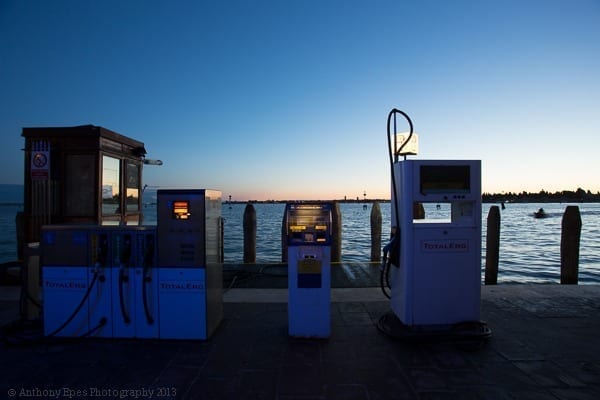7 ways John Lennon can inspire your photography
I am really fired up at the moment. I had an amazing trip to the Amalfi Coast earlier this month; that place is out of this world beautiful. On Tuesday I went out for a very fun photo walk with my Light Monkeys group – plus I am pitching for […]





